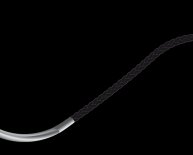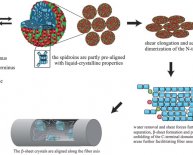June 28, 2017

What are the characteristics of silk?
Silk is one of the popular fabrics for apparel because of its unique properties. Silk is most luxurious fabric, the most comfortable fabric.
- silk has good tensile strength, Silk is the strongest natural fibre and has moderate abrasion resistance.
- silk is an elastic fibre and may be stretched from 1/7 to 1/5 of its original length before breaking
- Silk has a liability and suppleness that, aided by its elasticity and resilience, gives it excellent drapability.
- Silk is a protein fibre and is a non-conductor of heat similar to that of wool. This makes silk suitable for winter apparel.
- Silk fabric does not attract dirt because of its smooth surface. The dirt, which gathers can be easily removed by washing or dry cleaning. It is often recommended for the silk garments to be dry-cleaned. Silk fabrics should always be washed with a mild soap and strong agitation in washing machine should be avoided.
- Silk fabrics are subjected only to normal shrinkage which can be restored by ironing. Crepe effect fabrics shrink considerably in washing, but careful ironing with a moderately hot iron will restore the fabric to its original size.
- Silk fabric weakens on exposure to sun light. Raw silks are more resistant to light than degummed silk.
- Silk has good absorbency and thus has good affinity for dyes.
- Concentrated mineral acids will dissolve silk faster than wool. Organic acids do not harm silk.
silk can be used for many purpose
silk being used as garments it is also used in other industries and for military purposes. It is used in the manufacture of fishing fibres, parachutes, cartridge bags, insulation coils for telephones and wireless receivers, tyres of racing cars, filter clothes for flour mills, and in medical dressings and suture materials. Insulation coils for telephones and wireless receivers, tyres of racing cars, filter clothes for flour mills, and in medical dressings and suture materials.

















